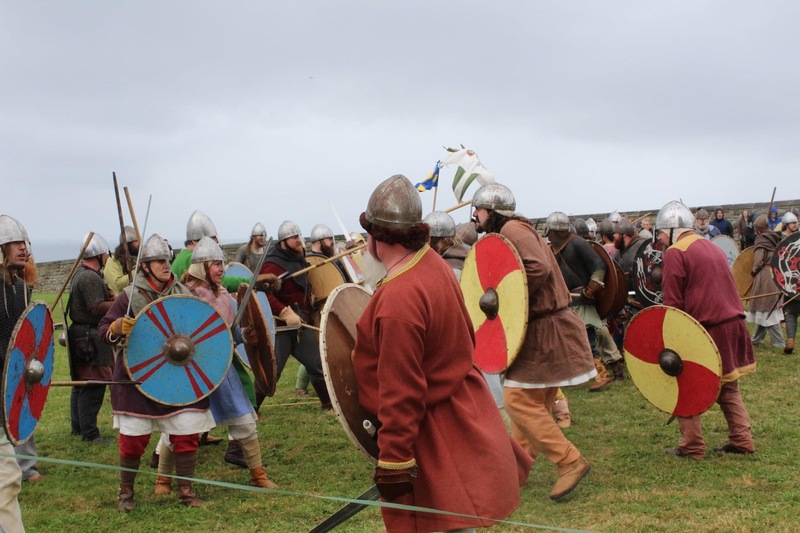Tags are a piece of information attached to an item in the archive to provide context, and to make it easier to classify and search for items.
Our aim is to tag all items in a standard way, using tags from up to five categories. All are optional, but we expect at least 3 to be present on most items.
- Date - the year when the item was created, e.g. for an event at Easter 1991, the tag "1991" would be added to the item.
- Location - an approximate location for the event, either the name of the nearest town or village, or for specific well-known sites, the name of the site. For example, an event at Peterborough Cathedral would be tagged as "Peterborough", while one a mile away might be tagged as "Flag Fen" because that's a well-known site. Similarly, events would be tagged as "Old Sarum" rather than "Salisbury".
- Activity - where an item refers to an activity which is outside of the core of the society's displays, this will be indicated for ease of finding material which relates to that activity, e.g. archery, cavalry, or which features a longship or longhouse
- Event name - where an item is from a specific event, that name could be given here, e.g. Vikefest, or Battle of Hastings. The location for these would be given as Locko Park and Battle Abbey respectively. Another example could be the English Heritage "Festival of History", which relocated from Kirby Hall to Kelmarsh Hall - same event series, but different locations.
- People - where an item has identifiable subjects, we will try to tag them by name where it is appropriate to do so.
Tagging people
In line with our policy, only adults will be tagged by name, and only where they have not objected to that use.
In general, not everyone in any image or item will be tagged. This may be because we cannot identify them, or because there are too many people in the image.
For example, in this image from Whitby Abbey, only those in the foreground will be tagged even though it is possible to identify at least 15 others from the photo. Additional tags for those people may be added later if someone is prepared to dedicate the time to do so, but tagging everyone in every line fight image will add up to thousands of hours of work.
In short, if you feel that more people could be tagged in an image, do feel free to volunteer to assist with the process.
Naming format
Re-enactment is not alone in generating nicknames for people, but it does make it difficult to find someone if you only know them by their nickname. Many years ago, a society award was announced for Richard Ellender and everyone politely clapped, with no idea who that was, until the recipient stood up and a chorus of "Oh, it's Yak" went around the room.
For that reason, tags will include commonly-used nicknames in brackets in the middle of the name, e.g. Richard (Yak) Ellender
However, while you may have been called Tootsie by your close friends, that won't appear here if no-one outside your group knew you as that.
Special Purpose tags
A small number of tags are used to indicate items which require special handling, e.g. those with restricted rights where we may not publish them on the archive system. As an example, we have copies of photos which we received directly from photographers, but with a request not to publish them as the same images are offered for sale via an online image library such as Alamy or Getty. We will always honour those requests.
Special purpose tags are all in UPPER CASE, and are prefixed ++ for ease of identification and searching.

